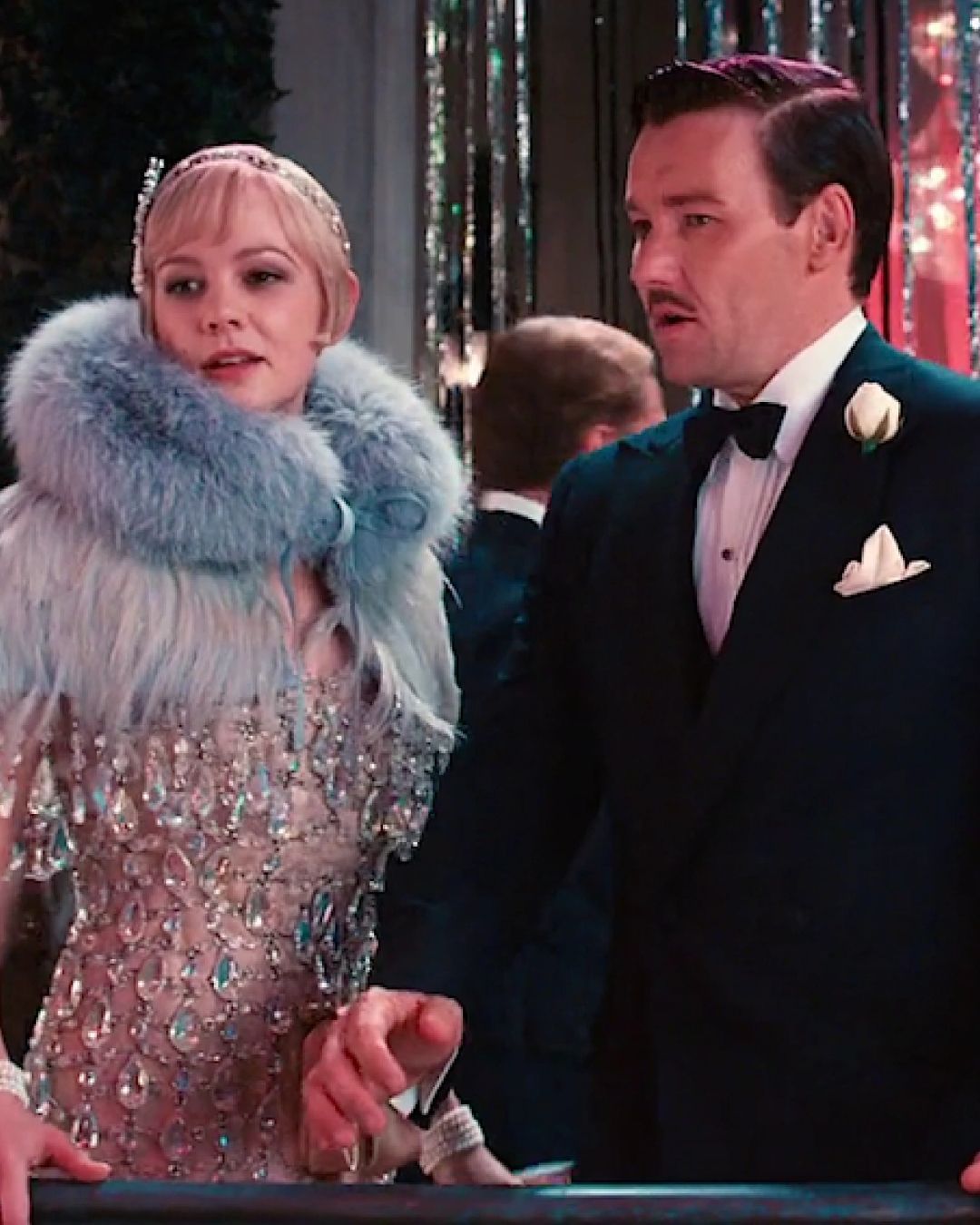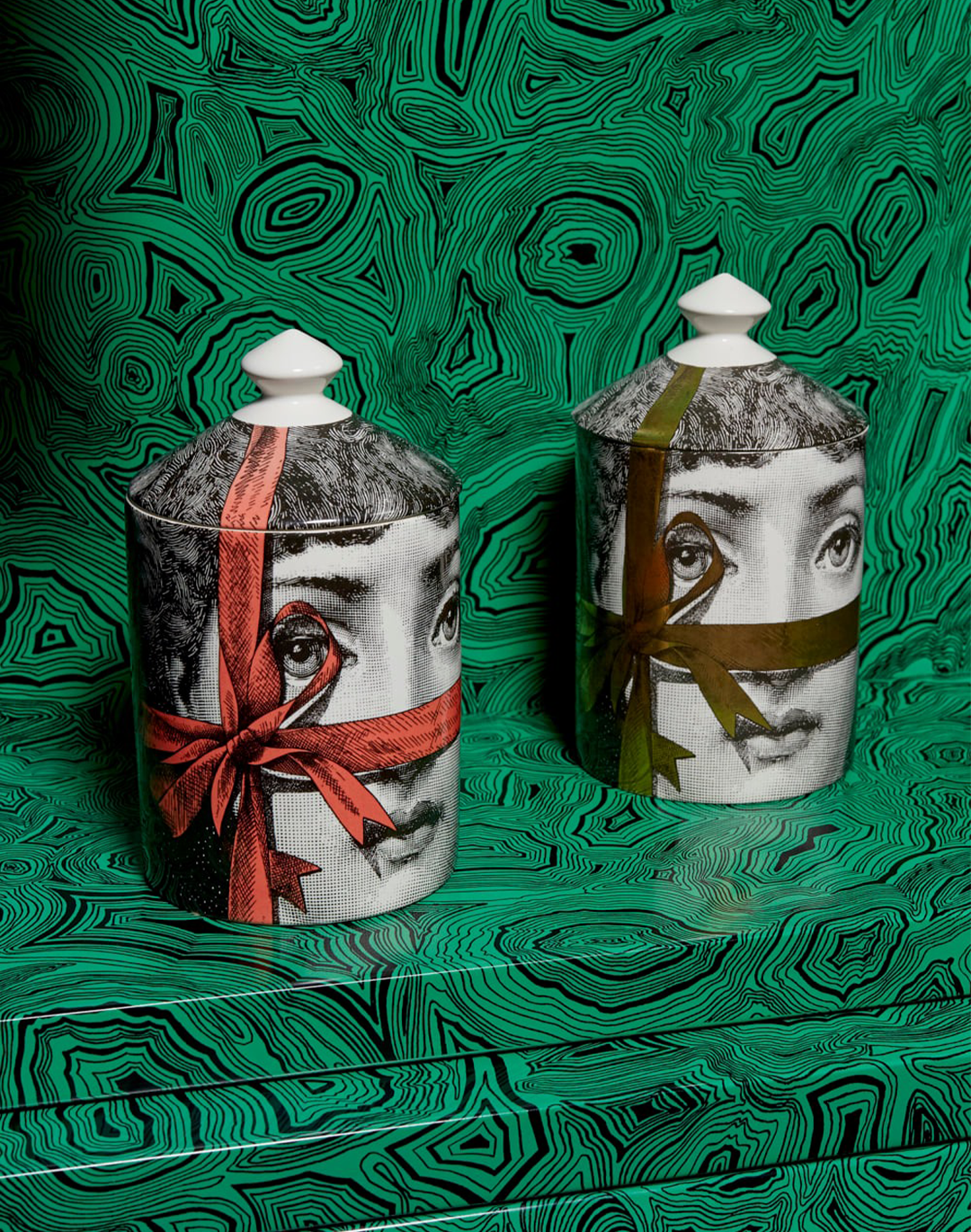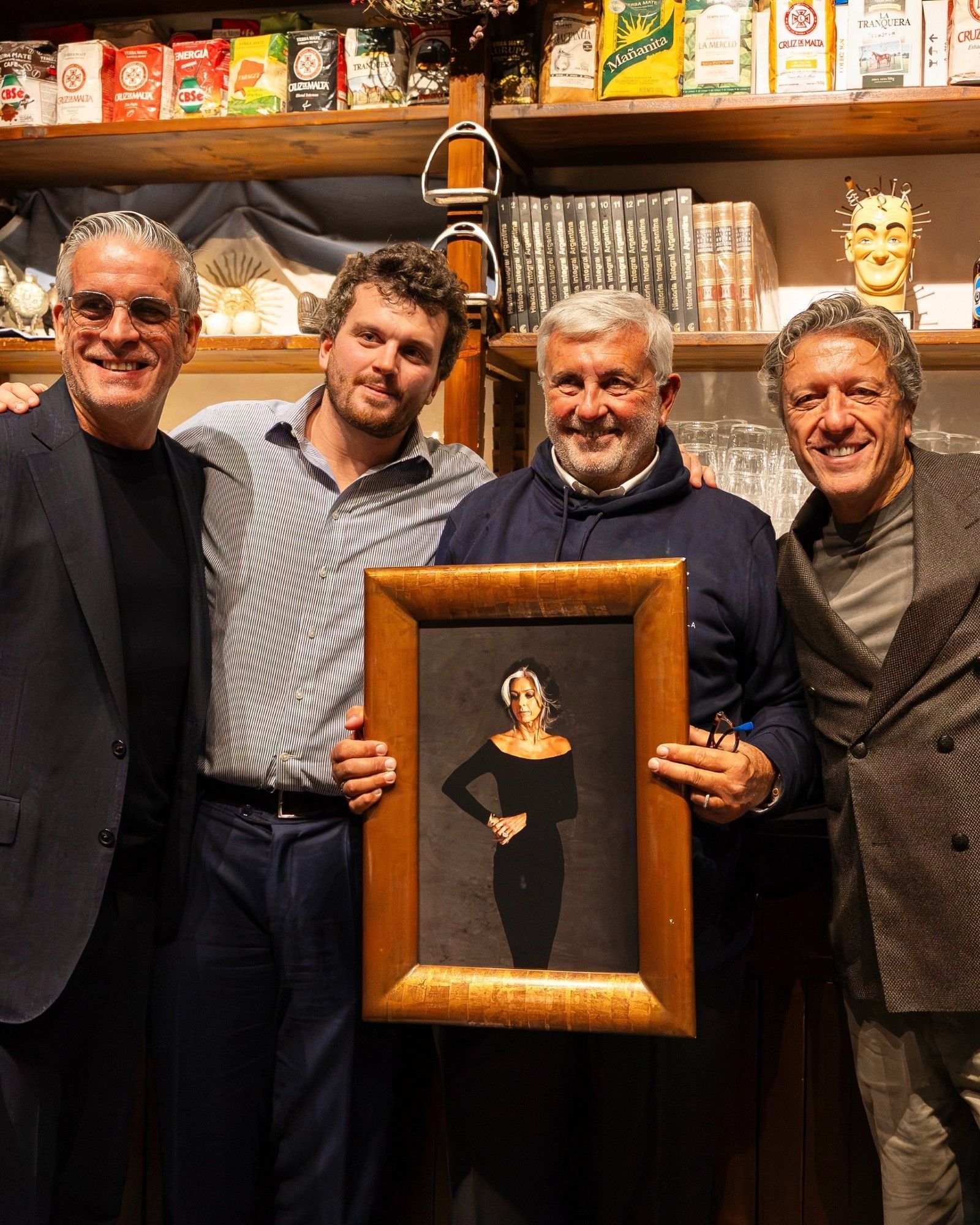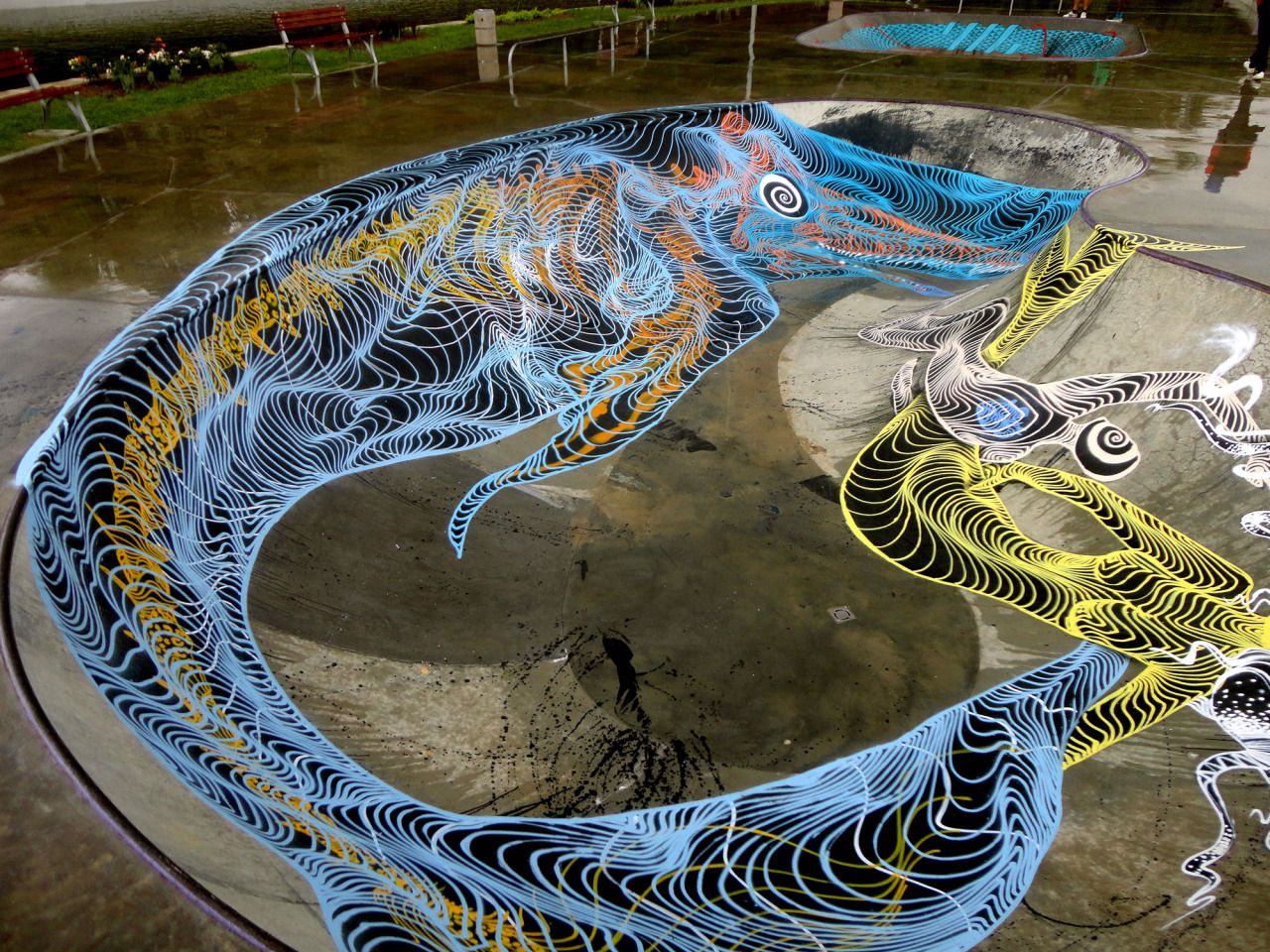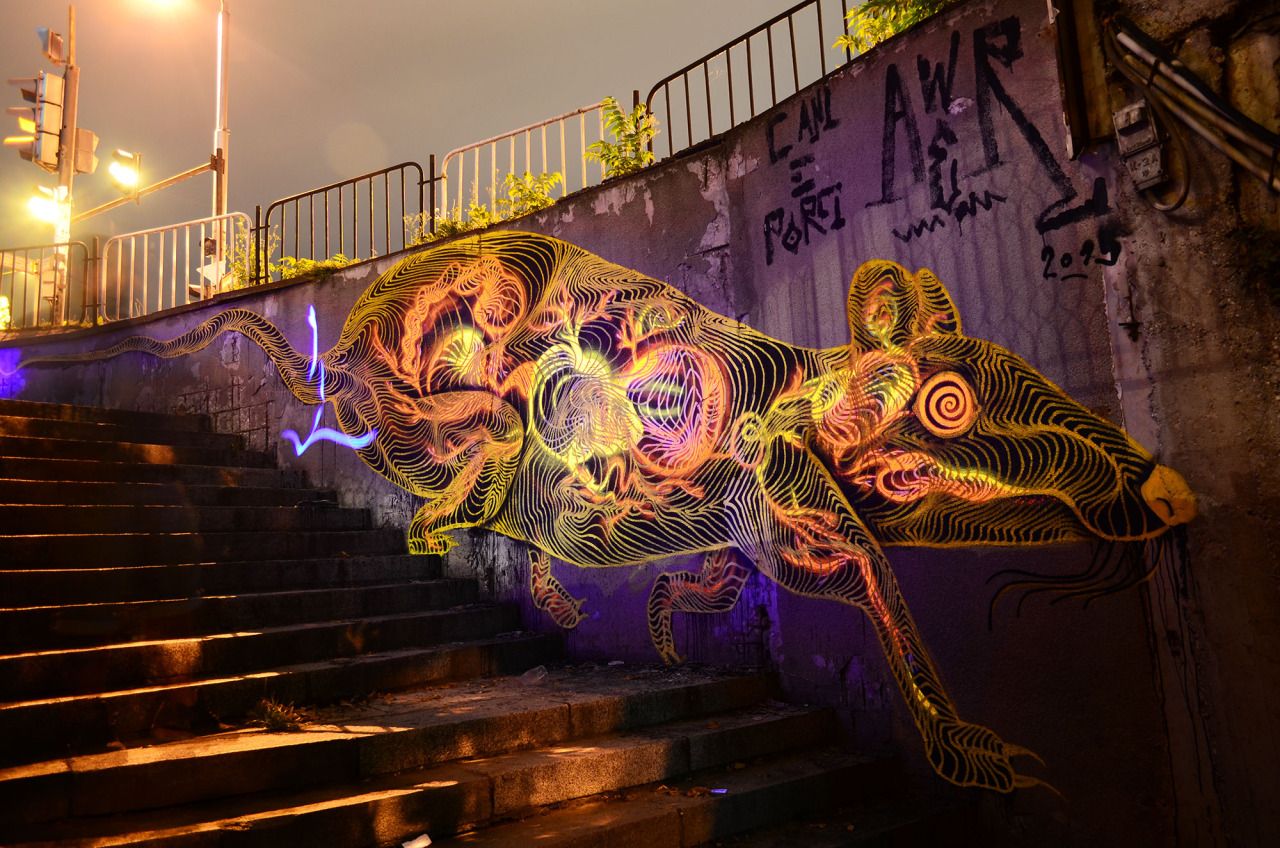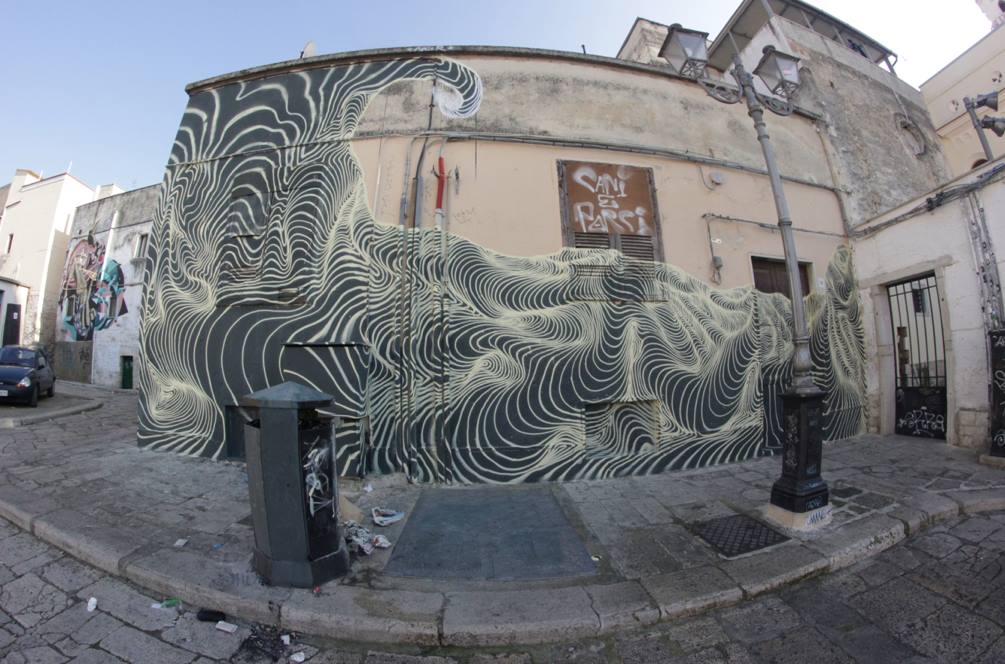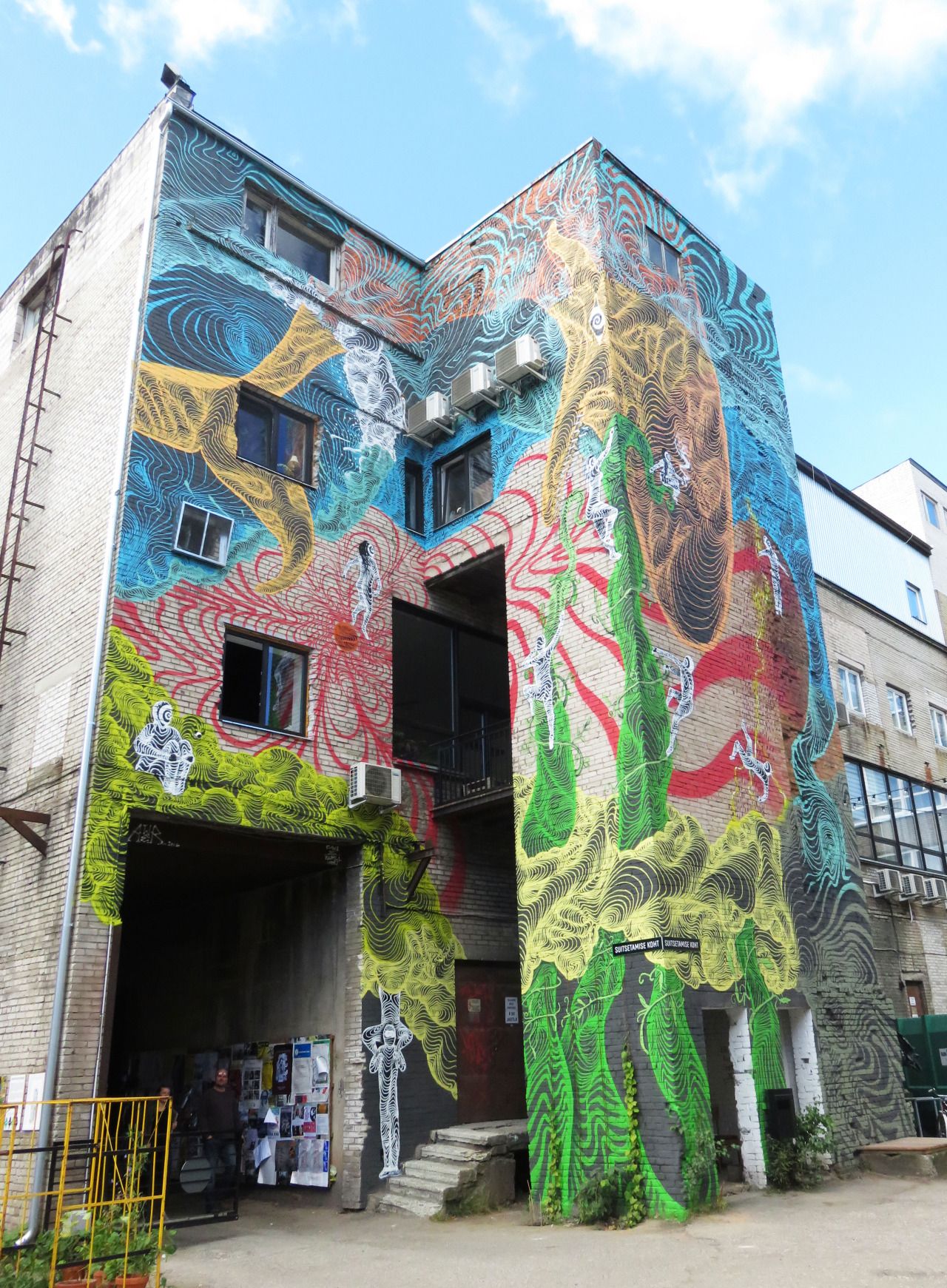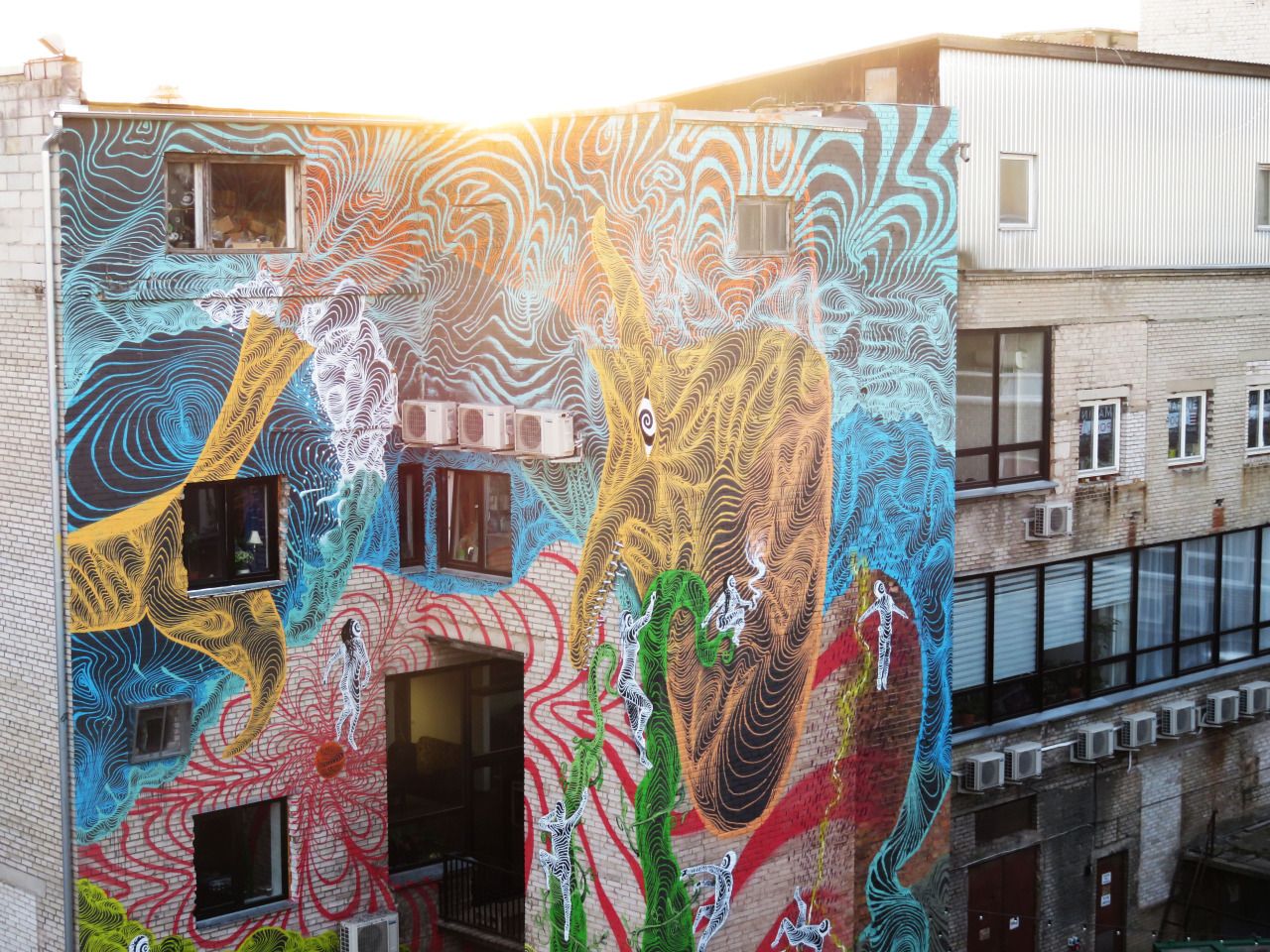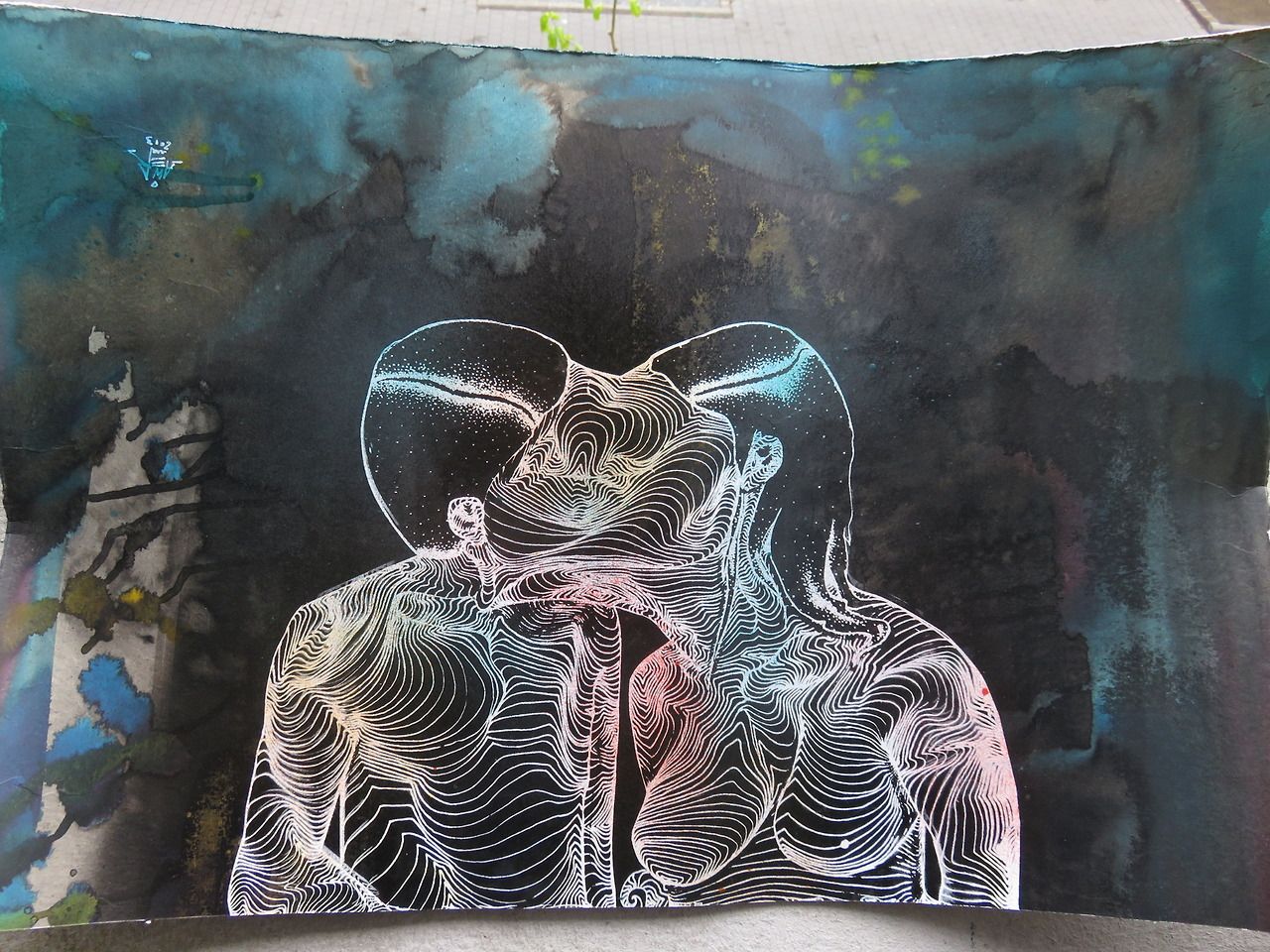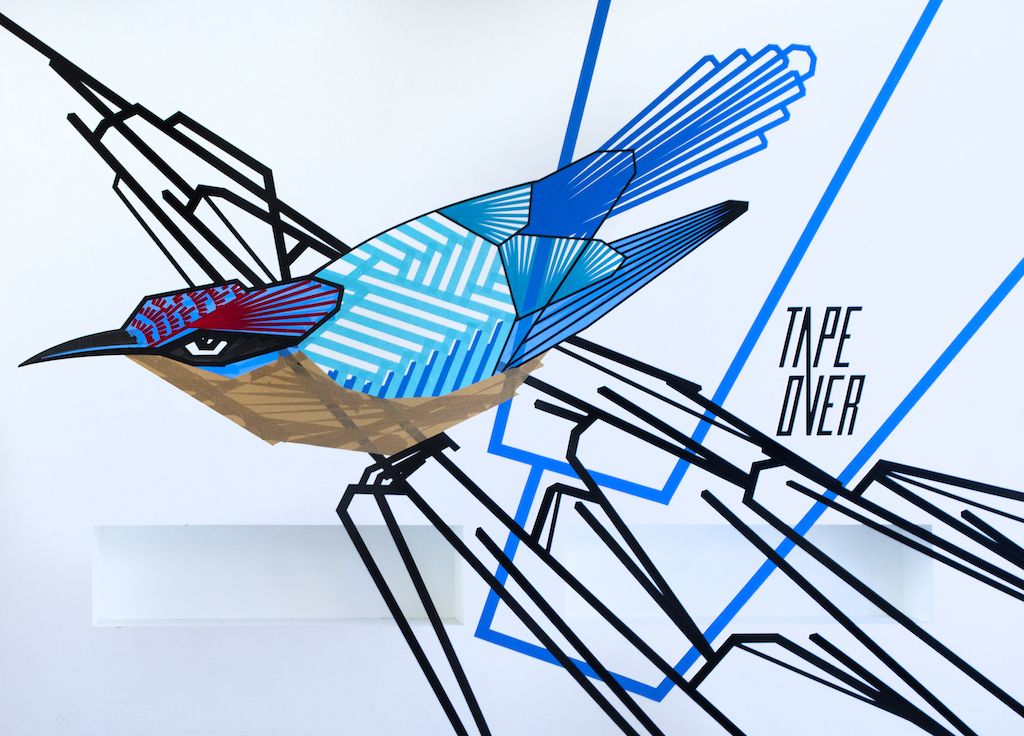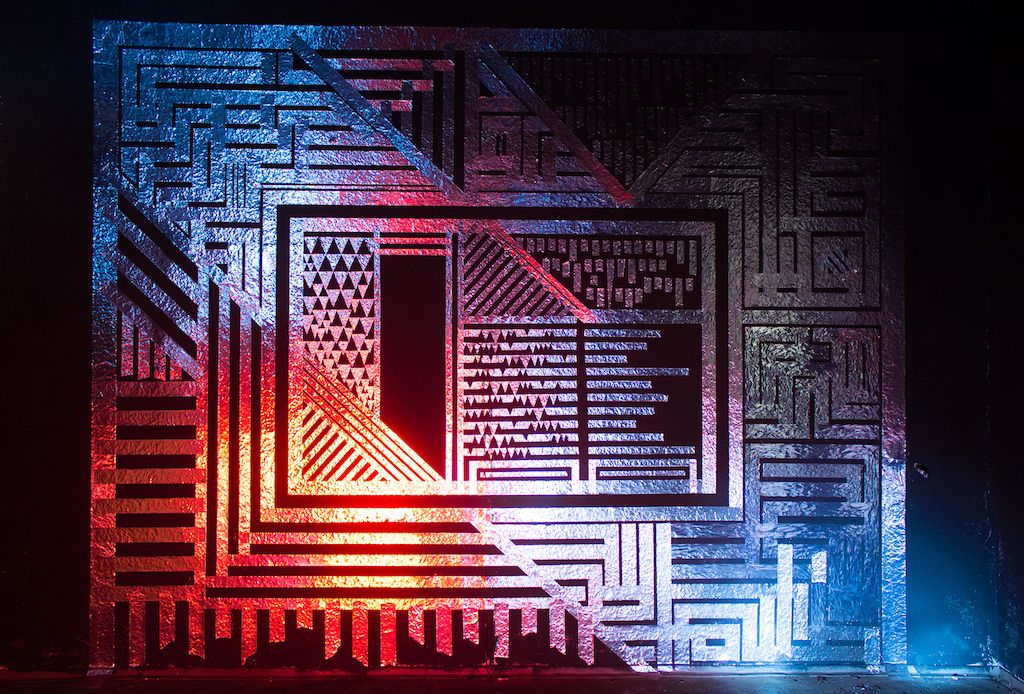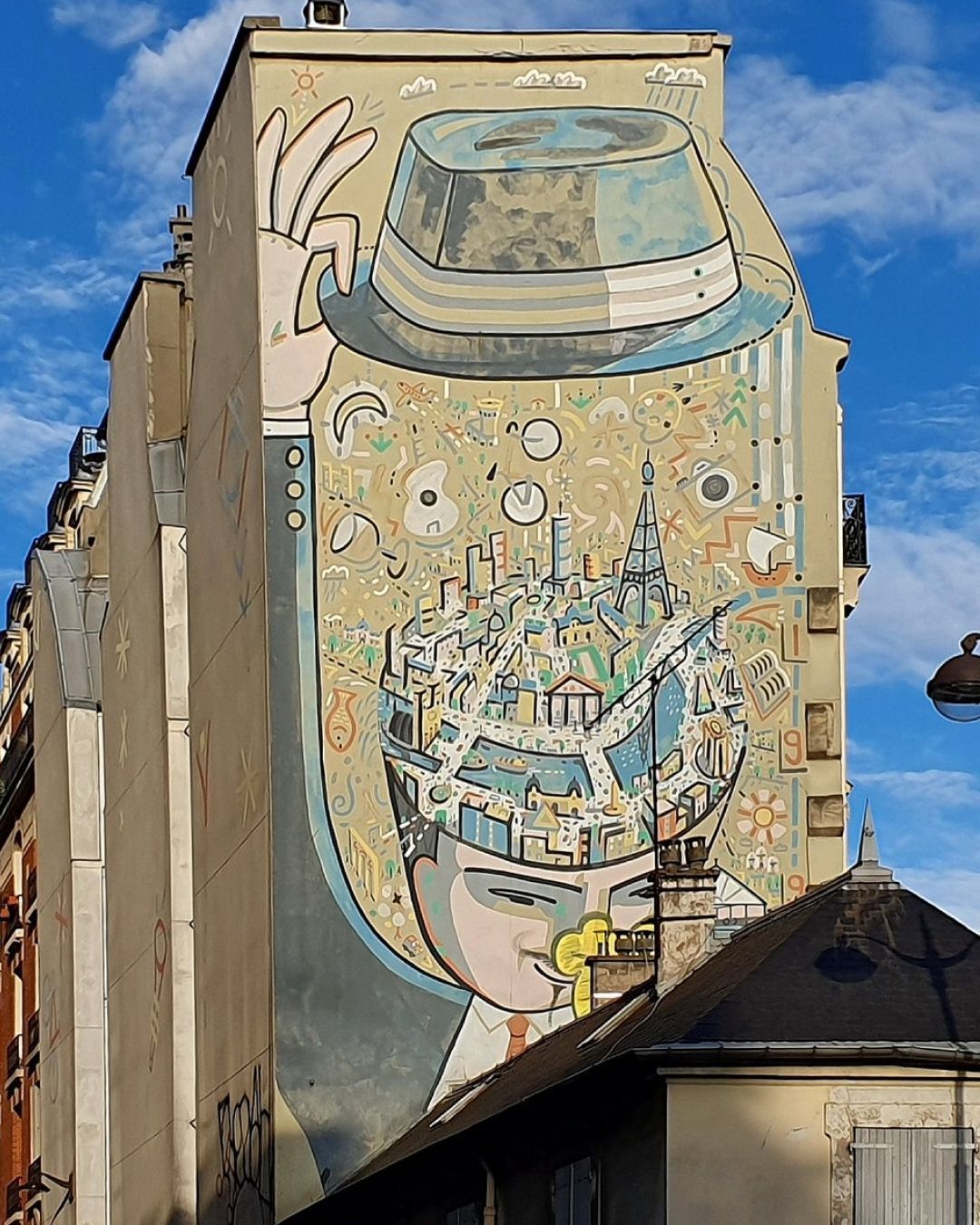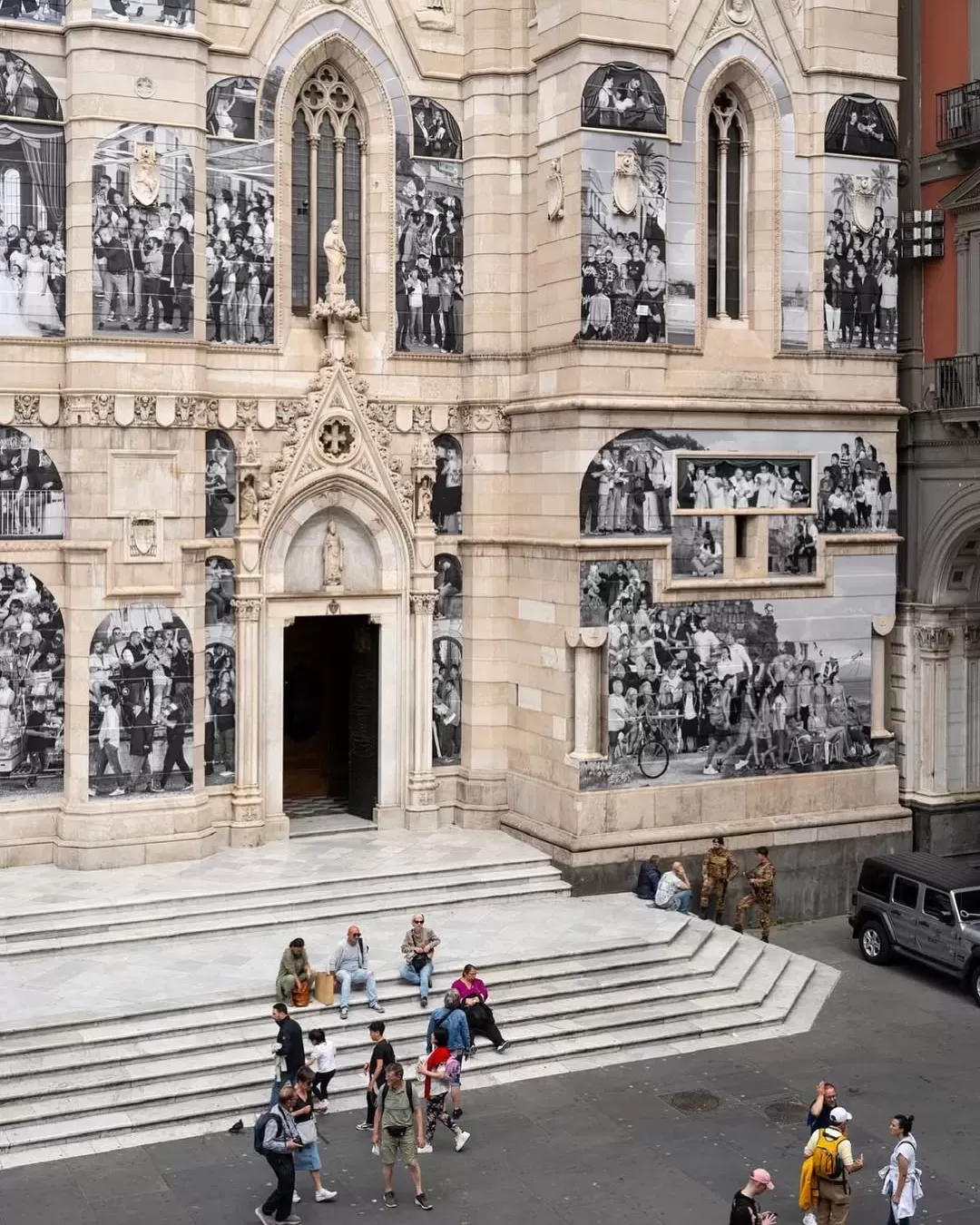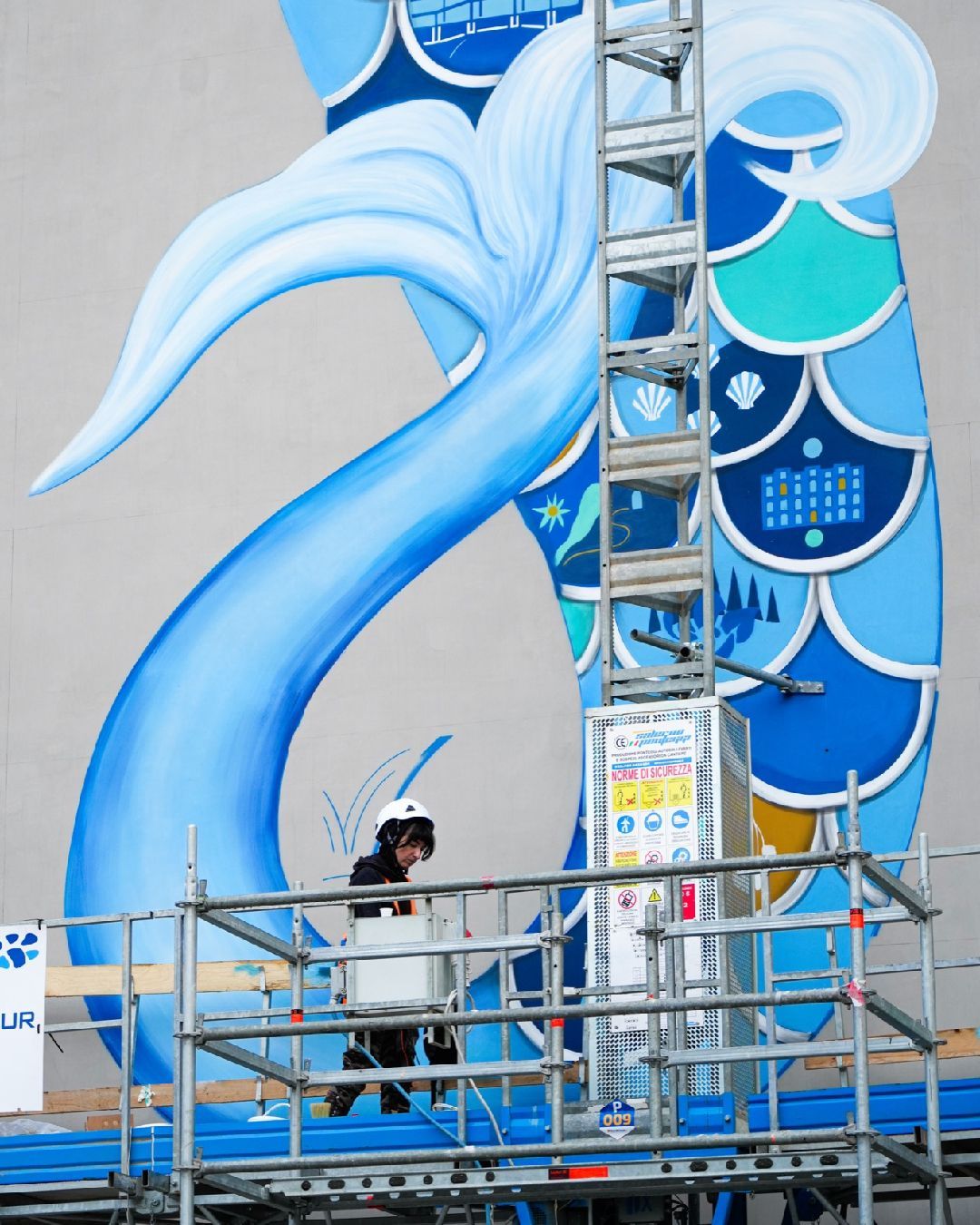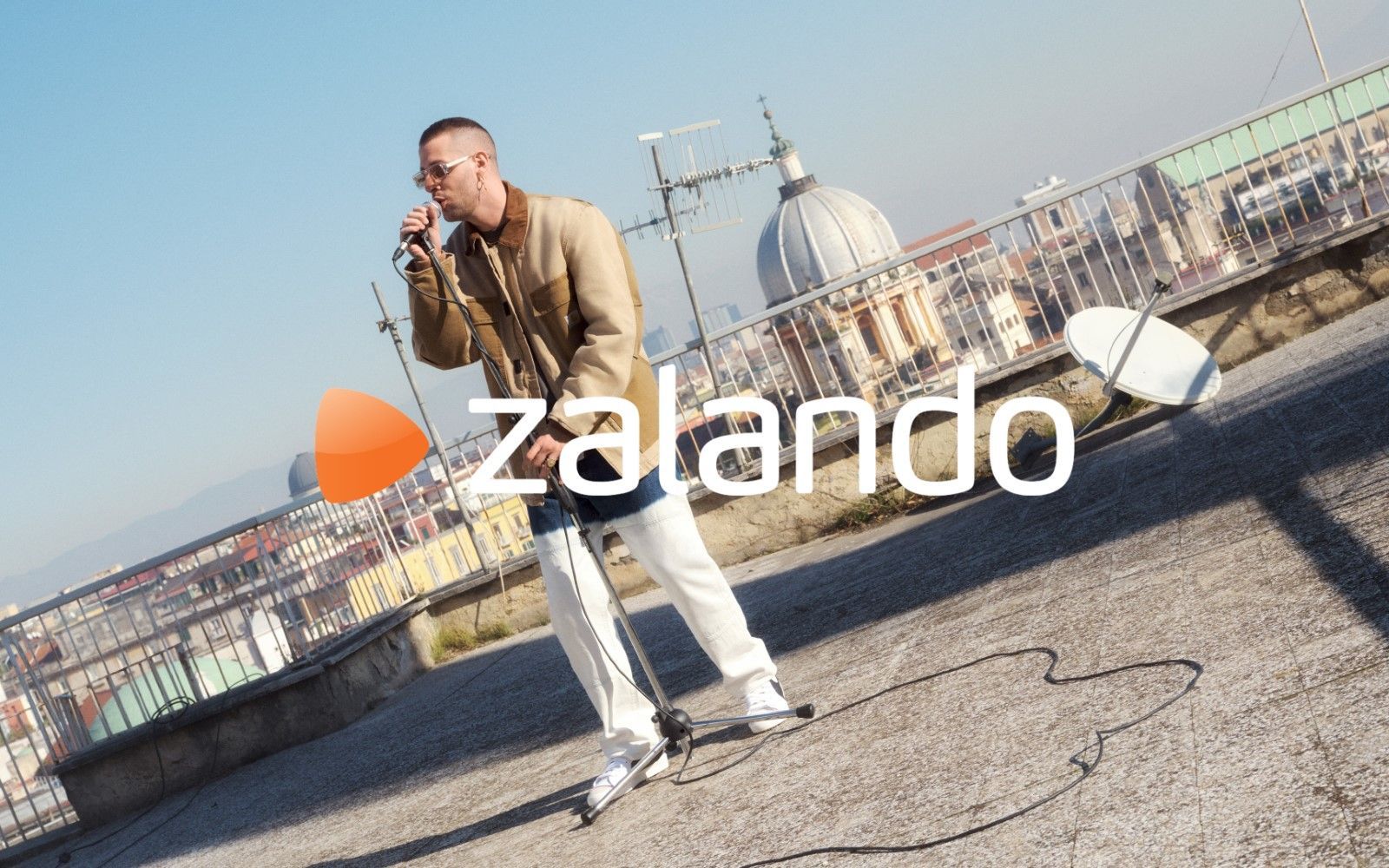
Hello Berlin #10 - The Contemporary Street Art Scene Berlin's urban landscape is steadily growing, here are the names to know and where to find them
Berlin is ranked as one of the most important cities for street art. Little wonder why – graffiti and street art is ever present. What we see nowadays on murals and large firebrick walls or more hidden in backyards is the result of a long artistic history, which goes back to the day the once divided city was reunited. The freed Berlin was opened up, free space was everywhere to be found and the control of the police and state was in contrast limited. So all things were set for this city’s takeover by artists. The giant rise of the technoculture has its origin in this period of time.
Also, street art, which became the big thing, the variation of culture, the omnipresent creativity and the big rise of free speech are still the main reasons why street artists like Awer, who moved here from Italy to find inspiration in this city’s vibes.
He is not the only one – big names are constantly visiting, such as Bifido (Italy), who recently aroused attention with his sociocritical paintings of Nazi figures around town, the legendary brothers Os Gêmos (Brasil), who’s work you find in Oppelner Strasse, SOBR (France), who are doing their well-known collages, ROA (Belgium), who eternalized himself with the popular mural painting Dead Animals on the Oranienstraße or local crews like 1UP aka One United Power – a Berlin Graffiti Collective, whose works cover several roofs around Kreuzberg, and Tape Over, the worldwide biggest Tape-Art-Crew, who really can be really proud of turn the grayish streets into an artistic and colourful scenery.
Besides history and the cultural mix, some specific people were ground-breaking, too. One of them is Adrian Nabi, who, in the 90s, launched one of the first German- speaking street art magazines, called Back Jumps. He was the one who first did an exhibition on street art. He brought all the big names to Berlin at the beginning of the new millennium – from Banksy to OBEY. What followed was that these artists not just plastered the exhibition’s showroom at the Künstlerhaus Bethanien (Kreuzberg), they took all over the place and covered with their works the city’s landscape. This story went on: Legendary mural paintings like the Astronaut Cosmonaut by Victor Ash (France) which you find in the Oranienstrasse, the Pink Man by Blu (Italy) or the popular writing Bitte Leben from Anarchi-A on Schlesische Strasse characterize the urban image. Starting in the area around Schlesisches Tor in Kreuzberg, but also to be found in the district Friedrichshain and Mitte (especially in the Dirksenstrasse). All you need to do is to take a stroll.
The more ambitious can visit specific places like the East Side Gallery, the rest of the Berlin Wall, which is covered with always changing Graffiti and artworks, the Bärenquell Brauerei in Treptow-Köpenick, the gallery Eisfabrik (Köpenikerstrasse in Mitte), or the former interception system the Americans once built during the cold war, which turned into one of the most beautiful street art galleries, situated on the top of the Teufelsberg.
That is not all you will find in Berlin when searching for street art. Aside from open public places where mainstream meets illegals, the city also gives the scene special spaces to show: For example, The Haus, an old bank in Charlottenburg exhibits, until it will be taken down in the beginning of June, street art of any kind starting with Graffiti to Tape Art – by artists like Klebebande, from Stickers to 3D, Cut Outs and more. This project offers not just a full body experience when you walk through the building or when you discover art around the house, it’s also the biggest street art project worldwide.
This passion for street art will also go on in future. The next project is already work-in-progress: the Museum of Contemporary Art by Urban Nation, managed by gallery owner Yasha Young, should open its doors in autumn 2017. About 190 different international and local street artists will be shown there combined with artworks, which will be placed in the neighborhood, on walls and buildings next to the museum in Bülowstrasse 7 (Schöneberg).


